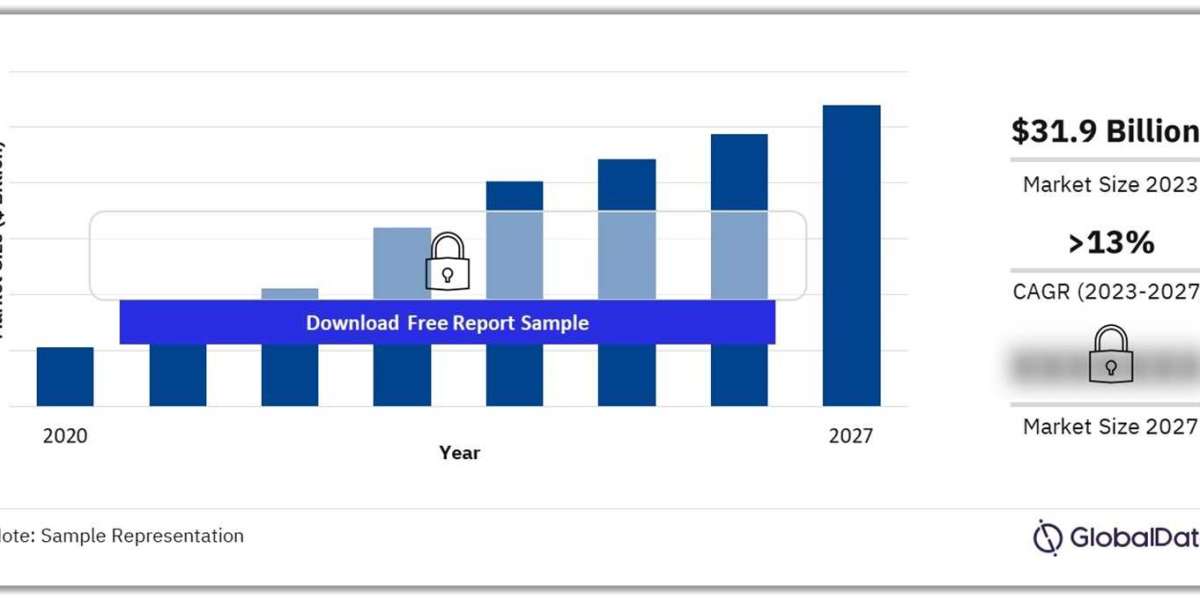Medical tourism, also known as health tourism, involves traveling across international borders to receive medical care. Over the past decade, this market has experienced significant growth due to factors like rising healthcare costs in developed countries, long wait times for specific procedures, and the availability of high-quality, low-cost treatments in other nations. The medical tourism market is poised to continue expanding, driven by technological advancements, increased patient awareness, and enhanced healthcare infrastructure in emerging economies.
What is Medical Tourism?
Medical tourism refers to patients traveling internationally to obtain healthcare services that are either unavailable, too expensive, or not timely in their home country. Popular medical tourism destinations include countries in Asia, Latin America, and Eastern Europe, offering a wide range of services such as elective surgeries, dental care, fertility treatments, cosmetic surgeries, and even complex procedures like organ transplants and cancer treatment.
Key Drivers of the Medical Tourism Market
Cost Savings: One of the primary drivers of medical tourism is the potential for significant cost savings. In countries like the United States, healthcare costs can be prohibitively high, especially for elective procedures not covered by insurance. Patients can save up to 60-80% by seeking treatment abroad.
High-Quality Care: Many medical tourism destinations are home to internationally accredited hospitals with highly skilled doctors trained in Western countries. The quality of care in countries like Thailand, India, and Mexico often meets or exceeds that of hospitals in developed nations.
Access to Advanced Treatments: Medical tourists often seek treatments that may not be available or approved in their home countries, such as alternative cancer therapies or stem cell treatments.
Reduced Wait Times: In countries with public healthcare systems, long wait times for non-emergency procedures are common. Medical tourism provides an option for patients to receive timely care without the extended wait.
Combining Treatment with Travel: The opportunity to combine healthcare with a vacation appeals to many patients. Destinations like Bali, Bangkok, and Istanbul are not only known for their medical services but also for their tourist attractions.
Emerging Trends in the Medical Tourism Market
Rise of Digital Health Platforms: Telemedicine and digital health platforms are playing a significant role in connecting patients with international healthcare providers. These technologies enable patients to consult doctors, receive second opinions, and even plan post-treatment care before they leave their home country.
Growth of Wellness Tourism: The line between medical tourism and wellness tourism is blurring as patients seek not only treatment but also holistic healing experiences. This trend is evident in countries like India, where Ayurveda and yoga are combined with modern medical treatments.
Increase in Cosmetic and Dental Tourism: A significant portion of medical tourists seeks cosmetic and dental procedures, drawn by the lower costs and high-quality care available abroad. Popular procedures include dental implants, rhinoplasty, and liposuction.
Focus on Post-Operative Care: Medical tourism providers are increasingly focusing on offering comprehensive post-operative care packages, which include physical therapy, rehabilitation, and regular follow-ups to ensure patient safety and satisfaction.
Sustainability and Ethical Considerations: There is growing awareness around the ethical implications of medical tourism, particularly in terms of resource allocation in host countries and the environmental impact of travel. Some providers are now focusing on sustainable practices and ethical patient care.
Challenges Facing the Medical Tourism Market
Regulatory and Legal Issues: Different countries have varying regulations regarding medical procedures, making it challenging for patients to navigate the legal landscape. Additionally, malpractice litigation can be more complex in an international setting.
Language and Cultural Barriers: Language differences and cultural misunderstandings can impact the patient experience, making it crucial for providers to offer multilingual support and culturally sensitive care.
Quality and Safety Concerns: While many countries offer high-quality medical services, the standards can vary widely. Patients need to research and choose accredited providers to avoid potential risks.
Travel-Related Risks: Traveling long distances can pose health risks, especially for patients with pre-existing conditions. Post-treatment complications may also be more challenging to manage from abroad.
Insurance Coverage Limitations: Most health insurance policies do not cover medical procedures performed overseas, leaving patients to pay out-of-pocket. However, some insurers are beginning to offer specific plans for medical tourists.
Opportunities in the Medical Tourism Market
Investment in Healthcare Infrastructure: Countries aiming to attract more medical tourists are heavily investing in healthcare infrastructure, including modern hospitals, advanced technology, and highly trained medical staff.
Collaborations with International Insurers: Some medical tourism providers are partnering with international insurance companies to offer comprehensive packages that include travel, treatment, and follow-up care, making it easier and safer for patients to seek care abroad.
Promotion of Niche Treatments: Specializing in niche treatments, such as fertility care, orthopedic surgery, or gender reassignment surgery, can help countries differentiate themselves in the competitive medical tourism market.
Development of Medical Tourism Hubs: Cities like Bangkok, Kuala Lumpur, and Dubai are developing into major medical tourism hubs, offering a wide range of treatments within a single, easily accessible location.
Focus on Patient Experience: Enhancing the overall patient experience through personalized care, luxury accommodations, and seamless service can set medical tourism providers apart and build patient loyalty.
Buy the Full Report for Additional Insights on the Medical Tourism Market Revenue
Download a Free Report Sample








